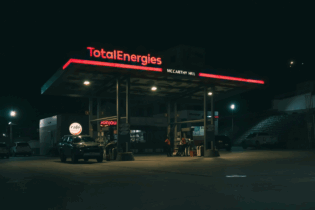Kenya Railway Corporation (KRC) has revived an international tender for a design and build turnkey project for a 7km commuter line in Nairobi after it was suspended in the second quarter when Kenya put on hold a planned $US 200m infrastructure bond.
Despite the setback, Mr Mugo Kibati, head of Vision 2030, Kenya’s long-term economic development blueprint, said in May that the commuter rail project was not dead. And when a World Bank-approved $US 431m loan for Kenya’s National Urban Transport Improvement Project, including urban commuter rail systems, was confirmed in August the scheme was seemingly revived.
KRC will get $US 11.93m from the loan to carry out feasibility studies and detailed designs for the construction of commuter rail systems in Nairobi and selected towns. This will be in addition to $US 23m allocated previously by the government specifically for the technical design and development of the railway.
The new line will connect Embakasi in Nairobi and East Africa’s largest airport, Jomo Kenyatta International Airport (JKIA). The project also involves the construction of a terminal railway station at JKIA and associated infrastructure.
KRC’s managing director Mr Nduva Muli says the project works will encompass detailed engineering, architectural and environment impact studies and designs for the proposed line and terminal. He says the contractor will also construct the track bed, structures, bridges, stations, communication, signalling, train control, ticketing and security surveillance systems and infrastructure as well as maintain the completed project for 12 months. Bidders have until October 30 to submit offers for the project which will be constructed over two years.
Meanwhile KRC is seeking an estimated $US 335 million to rehabilitate 100km of existing railway in Nairobi under a PPP model. The rehabilitation works will include replacing of existing track, inefficient signalling equipment, stations and locomotive-hauled coaches with modern and efficient rail infrastructure and passenger coaches and dmus, which KRC says are better suited to commuter rail operations.
The rehabilitated tracks and new lines within the capital will increase passenger numbers from the current 5 million to 60 million a year. Source: http://www.railjournal.com







